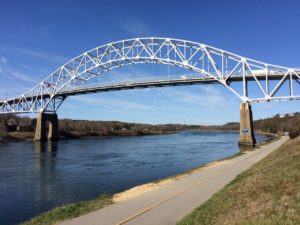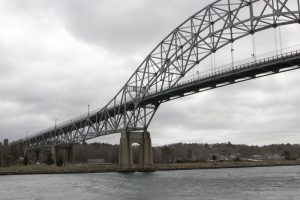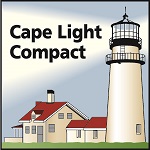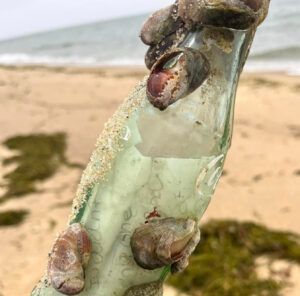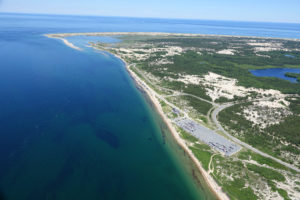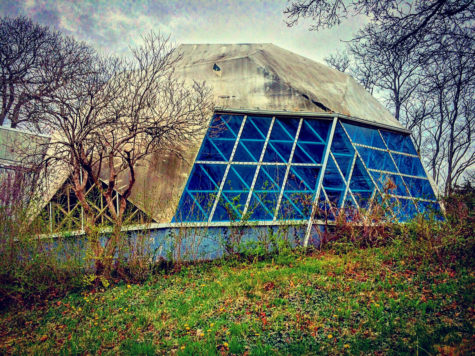 That three-story-tall golf ball at the top of the hill in Woods Hole has a history befitting many of the Cape’s legendary structures – although this one has the most distinctive shape.
That three-story-tall golf ball at the top of the hill in Woods Hole has a history befitting many of the Cape’s legendary structures – although this one has the most distinctive shape.
The former site of the popular Dome Restaurant, it now quietly sits in waiting like so many other now-defunct establishments. How did this curiosity, boldly geodesic near classic colonials, go from a popular lounge to an abandoned afterthought?
Its beginnings were pretty idealistic, for one. The structure was commissioned by a local restauranteur in the 50s, and built by an even bigger dreamer: Buckminster Fuller.
Fuller, a widely-respected architect at the forefront of architectural design in his day, believed that buildings could be made with fewer materials, and that practicing material efficiency would help save the world. Before anybody else began pondering the benefits of “green buildings,” Fuller was already environmentally friendly.
He built the Dome with layers of triangles – the most structurally supportive shape – because it would allow him to user cheaper materials that would still withstand the test of time.
The community did not at first welcome the brazen new addition among highly-traditional architecture. They said it was a sore thumb; that it would hinder economic growth in Woods Hole. But when it opened for business, people flooded in to be a part of the most elegant eatery experience in the area.
Fuller’s design principles were proved from within the restaurant to be mostly true. Spiffy diners in ties and dresses were transfixed by a uniquely-framed view of the ocean. They were dazzled by the array of triangle-shaped light reflections, which scattered along the floor like glitter whenever the sun hit the place from an angle. It was, suffice it to say, a real classy joint.
Meanwhile, guests were also treated to intriguing entertainment: a zither player regularly appeared at the Dome in its early days.
Despite the building’s inherent strength, the glass panels covering it proved troublesome. They created a greenhouse effect inside, and as the interior temperature increased dramatically, so did the levels of guests’ discomfort.
To get around this, the owner covered up most of the Dome with fiberglass panels, but this also blocked the stunning views of the nearby oceanfront. The shortsighted solution also proved ineffective against keeping the building’s many leaks at bay.
One former employee remembers a time when a regular customer, seemingly unfazed by the dripping water raining down on her, simply opened her umbrella and kept eating. While that particular incident received hearty applause from surrounding customers, it was clear that the problem was not an easy fix.
Patronage dwindled in the 80s, and finally the place was sold in 2002. A few years later, some plans were in the works that would have spelled certain destruction for the Dome.
There was a touching outcry from the community which demanded the Dome stay intact, after a developer declared intentions of turning the property into apartments. The very same community which, at first, criticized the building before was now vehemently against it going anywhere, even in its sad state of disrepair.
After a town meeting, it was ruled that, in order to build on that land, potential developers also must keep and restore the infamous structure.
Since then, a few ideas have circulated, including the original developer keeping the building but green-lighting the apartments, and a multi-use arts facility to be put inside Dome itself. But any project which seeks to restore the Dome will likely cost a great deal of money and time.
Meanwhile, the Dome, dark and dingy as it has come to be, retains its pride as the “baby” of a forward-thinking American architect; someone who dared to dream, and whose work has come to symbolize a simpler, peaceful future.
By CapeCod.com Staff






